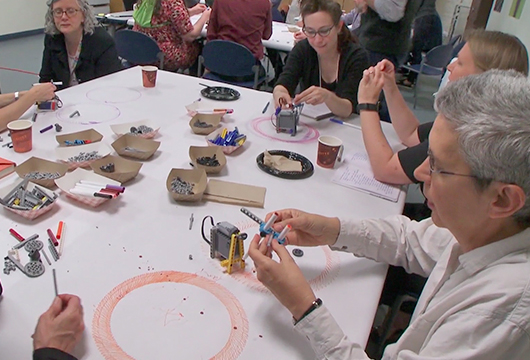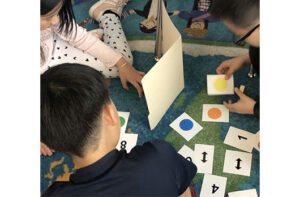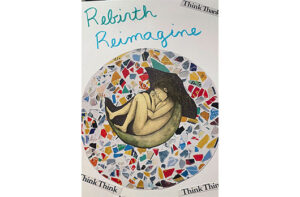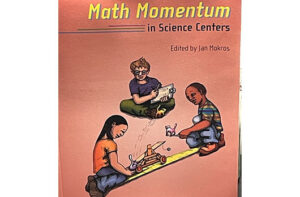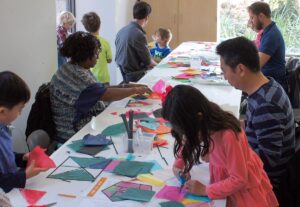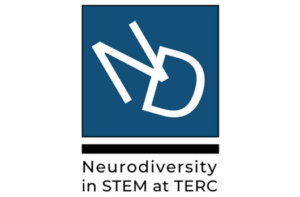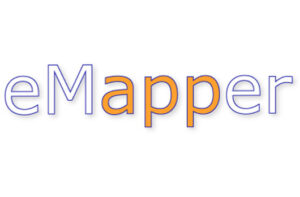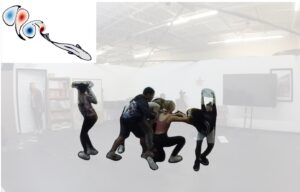Math in the Making
Lead Staff:
Andee RubinProject Staff:
Scott PattisonSummaryMath anxiety is a wide-spread phenomenon in the United States; while few people would admit publicly that they aren’t good at reading, it seems socially acceptable to claim, “I’m not good at math.” This attitude can limit people’s access to educational opportunities and even careers. At the same time, both adults and children participate enthusiastically in making and tinkering activities, which often involve (implicit) mathematical reasoning.
These mathematical aspects of making, however, are rarely highlighted, or recognized by either the participants or the facilitators. Although there is a growing body of research on mathematics in informal learning environments, less has been done to understand how math can be integrated into other informal settings or topics—and how this integration might engage those who do not already have positive attitudes about math. Over the last decade, there has been a proliferation of out-of-school environments that foster building, making, tinkering, and design activities, creating an unprecedented opportunity to engage a wide range of participants in mathematics that is both purposeful and powerful.
The Math in the Making project builds on this question: Can we leverage participation and success in making to help people change their self-image with respect to math? In other words: Can someone who thinks they aren’t very good at math to come to see themselves as mathematically competent through making? The primary activity of Math in the Making was convening in the spring of 2016 at the New York Hall of Science (NYSCI).
This convening consisted of researchers and practitioners from both the out-of-school mathematics and the making and tinkering communities. The goal is to advance the field’s understanding of how to highlight and enhance the Mathematics in the Making experiences; to develop tools and resources for informal educators, and foster collaborations for future efforts.
Video
Publication
Math anxiety is a wide-spread phenomenon in the United States; while few people would admit publicly that they aren’t good at reading, it seems socially acceptable to claim, “I’m not good at math.” This attitude can limit people’s access to educational opportunities and even careers. At the same time, both adults and children participate enthusiastically in making and tinkering activities, which often involve (implicit) mathematical reasoning.
These mathematical aspects of making, however, are rarely highlighted, or recognized by either the participants or the facilitators. Although there is a growing body of research on mathematics in informal learning environments, less has been done to understand how math can be integrated into other informal settings or topics—and how this integration might engage those who do not already have positive attitudes about math. Over the last decade, there has been a proliferation of out-of-school environments that foster building, making, tinkering, and design activities, creating an unprecedented opportunity to engage a wide range of participants in mathematics that is both purposeful and powerful.
The Math in the Making project builds on this question: Can we leverage participation and success in making to help people change their self-image with respect to math? In other words: Can someone who thinks they aren’t very good at math to come to see themselves as mathematically competent through making? The primary activity of Math in the Making was convening in the spring of 2016 at the New York Hall of Science (NYSCI).
This convening consisted of researchers and practitioners from both the out-of-school mathematics and the making and tinkering communities. The goal is to advance the field’s understanding of how to highlight and enhance the Mathematics in the Making experiences; to develop tools and resources for informal educators, and foster collaborations for future efforts.
Publication
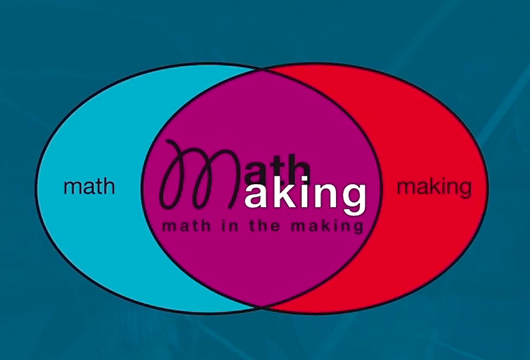
Funder:
U.S. National Science Foundation
Award Number:
1514726
Share This Page:

